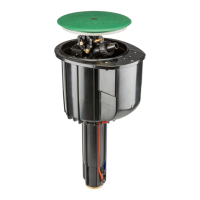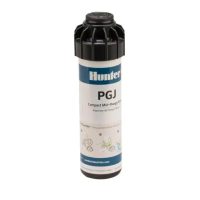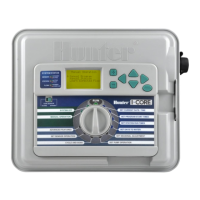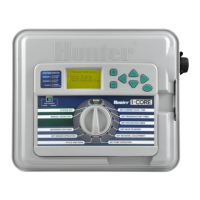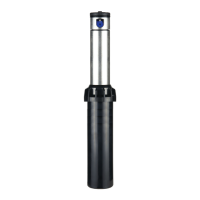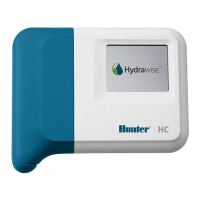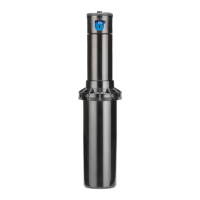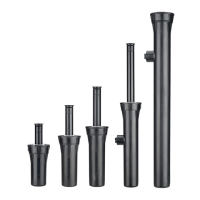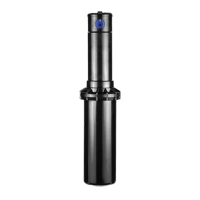12
CREATING A WATERING SCHEDULE ...................................................................................
For most consumers, it is much easier to plan your specific watering
schedule onto paper before actually programming the information
into the controller. It’s also handy to have a written record of your
programming information for easy reference.
There are some guidelines that should be followed when determining
when and how long to water. These factors are the soil type, the part
of the landscape being watered, weather conditions, and the types of
sprinklers being used. Since there are so many different variables that
can determine your individual watering schedule, it is impossible to give
an exact schedule to follow. However, we have included some guidelines
to help you get started.
HOW TO FILL OUT THE WATERING SCHEDULE FORM ....................................................
Program Start Times – Indicate the time of day that the program will
begin. Each program can have 1 to 4 start times. However, one start time
can run an entire program.
Station Run Time – Indicate the run time (1 to 99 minutes) for each
station. Write “OFF” for any station that you do not want to operate in
the program.
Keep this schedule in a safe place for quick reference later, rather than
scrolling through program information on the controller.
Be sure to use a pencil when filling out this form. By using the included
example and the information below, you should have all the information
you need to construct your personal water schedule.
Station Number and Location – Identify the station number, location
and the type of plant that is being watered.
Watering Day – Identify whether you want to use a calendar day or an
odd or even day schedule. For a calendar day schedule circle the day of
the week in which watering is desired. For a odd or even day schedule,
simply mark the corresponding box.
NOTE: It is usually good to water one or two hours
before sunrise. Water pressure will be at optimum
levels during the early morning and the water can
soak into the roots of the plants while evaporation is
minimal. For most plants, watering during midday or
in the evening may cause plant damage or possi
-
bly mildew.
NOTE: Keep an eye out for evidence of under- or over-
watering. Over-watering is most commonly indicated
by pools of water that take a long time to soak in
or evaporate, while under-watered landscapes
will show signs of discoloring and dryness. Make
programming changes immediately when evidence
is present.
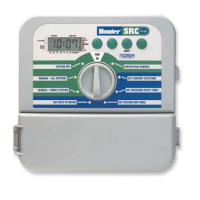
